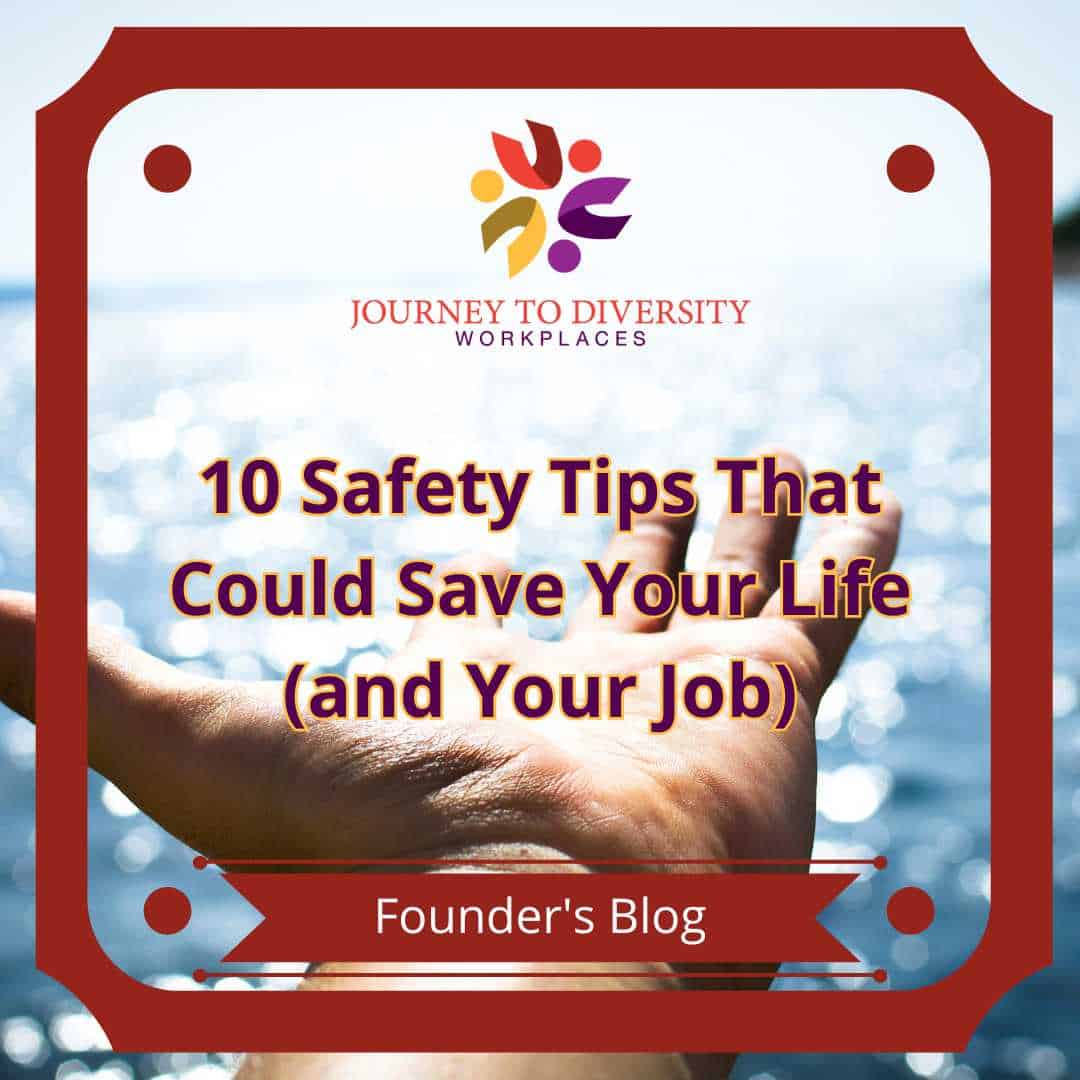Safety in the workplace is not only a legal requirement, but also a moral responsibility for employers and employees alike. A safe work environment can prevent injuries, illnesses, and fatalities, as well as improve productivity, morale, and reputation. To help you create and maintain a safe workplace, here are 10 safety tips that apply to most Canadian workplaces.
-
- Be aware of your surroundings. Always pay attention to what is happening around you and where you are working. Identify and avoid potential hazards, such as slippery floors, sharp objects, moving machinery, electrical wires, or falling objects. Report any unsafe conditions or practices to your supervisor or health and safety committee.
- Use proper posture and ergonomics. Whether you work at a desk, a factory, or a construction site, you should always maintain a good posture and use ergonomic equipment and tools. This can help you prevent musculoskeletal disorders, such as back pain, neck pain, or carpal tunnel syndrome. Adjust your chair, desk, keyboard, mouse, monitor, and other equipment to suit your height and comfort. Take frequent breaks and stretch your muscles to avoid stiffness and fatigue.
- Operate machines and equipment safely. Before using any machine or equipment, make sure you are trained and authorized to do so. Follow the manufacturer’s instructions and safety guidelines. Wear appropriate personal protective equipment (PPE), such as gloves, goggles, helmets, or earplugs. Check the machine or equipment for any defects or malfunctions before and after use. Do not operate a machine or equipment that is damaged or faulty. Report any problems or incidents to your supervisor or health and safety committee.
- Handle chemicals and substances carefully. If you work with chemicals or substances, such as cleaning products, solvents, paints, or fuels, you should always read and follow the safety data sheets (SDS) and labels. Wear suitable PPE, such as gloves, masks, aprons, or boots. Store and dispose of chemicals and substances according to the regulations and procedures. Avoid inhaling, ingesting, or contacting chemicals and substances with your skin or eyes. In case of exposure, seek medical attention immediately.
- Follow emergency procedures and protocols. In case of an emergency, such as a fire, a spill, a gas leak, or an injury, you should know what to do and who to contact. Familiarize yourself with the emergency plan and procedures of your workplace. Know where the emergency exits, fire extinguishers, first aid kits, and alarms are located. Follow the instructions of your supervisor or emergency personnel. Evacuate the premises calmly and quickly if necessary.
- Report hazards and incidents. One of the most important safety tips is to report any hazards, incidents, or near-misses that you encounter or witness in your workplace. This can help prevent further harm and improve safety measures. You can report hazards and incidents to your supervisor, health and safety committee, or health and safety representative. You can also use the online reporting system of the Canadian Centre for Occupational Health and Safety (CCOHS).
- Use assistive devices and tools. Whenever possible, use assistive devices and tools that are designed to reduce injuries and make your work easier and safer. For example, use carts, dollies, hoists, or lifts to move heavy or bulky items. Use ladders, scaffolds, or platforms to reach high places. Use guards, shields, or covers to protect yourself from sharp edges, hot surfaces, or moving parts.
- Do not drink or use drugs. Alcohol and drugs can impair your judgment, coordination, reaction time, and concentration. This can increase the risk of accidents, errors, and injuries in the workplace. You should never drink or use drugs before or during work. If you have a substance abuse problem, seek help from your employer, health care provider, or support group.
- Get enough rest and sleep. Fatigue can affect your physical and mental health, as well as your performance and safety at work. Lack of sleep can cause drowsiness, irritability, mood swings, memory loss, and reduced alertness. To prevent fatigue, you should get enough rest and sleep, at least seven to nine hours per night. You should also avoid working long or irregular hours, or doing shift work if possible. If you feel tired or sleepy at work, take a short nap or a break, or ask your supervisor for assistance.
- Learn and follow the safety rules and regulations. The last but not the least safety tip is to learn and follow the safety rules and regulations that apply to your workplace. These rules and regulations are based on the Occupational Health and Safety Act (OHSA) and the Canada Labour Code (CLC), which set the minimum standards for health and safety in Canadian workplaces. You can find the safety rules and regulations of your workplace in the health and safety policy, manual, or handbook. You can also attend health and safety training sessions, workshops, or courses offered by your employer, CCOHS, or other organizations.
By following these 10 safety tips, you can contribute to a safe and healthy workplace for yourself and your co-workers. Remember, safety is everyone’s responsibility and right. Stay safe and work smart!
This article was written by j2DW CEO Peter V. Tretter




